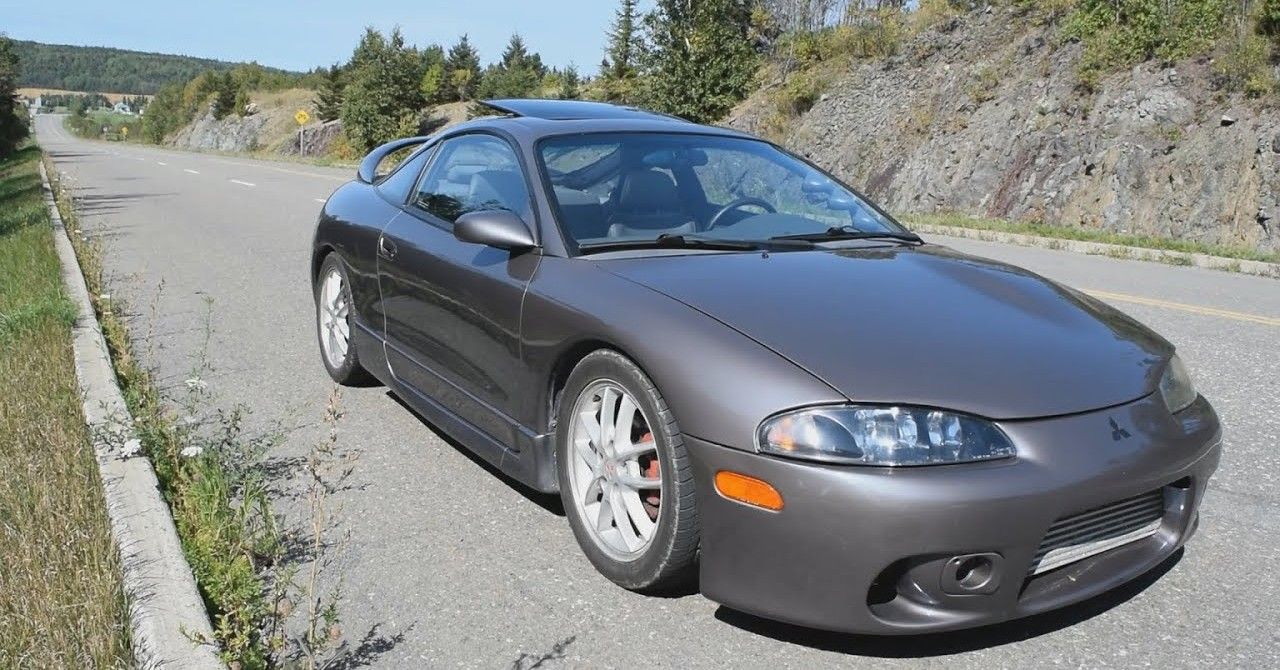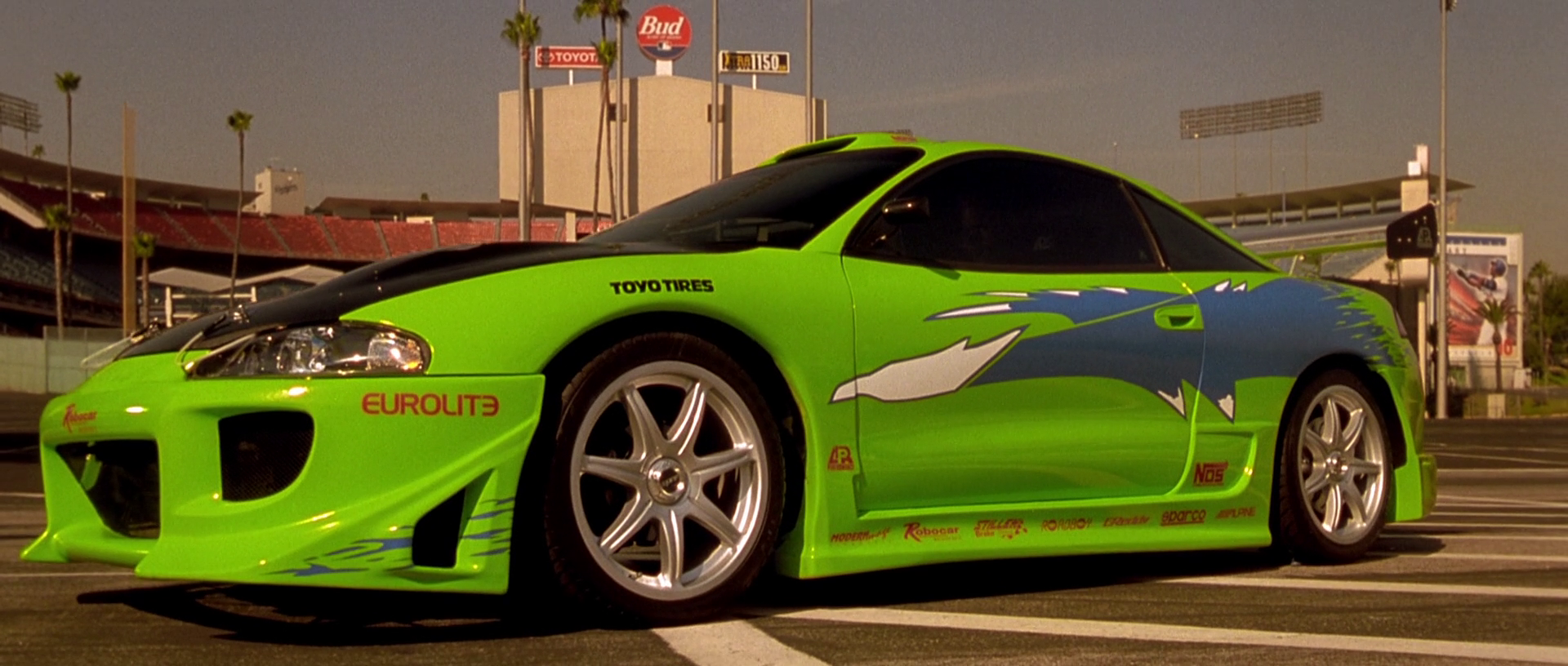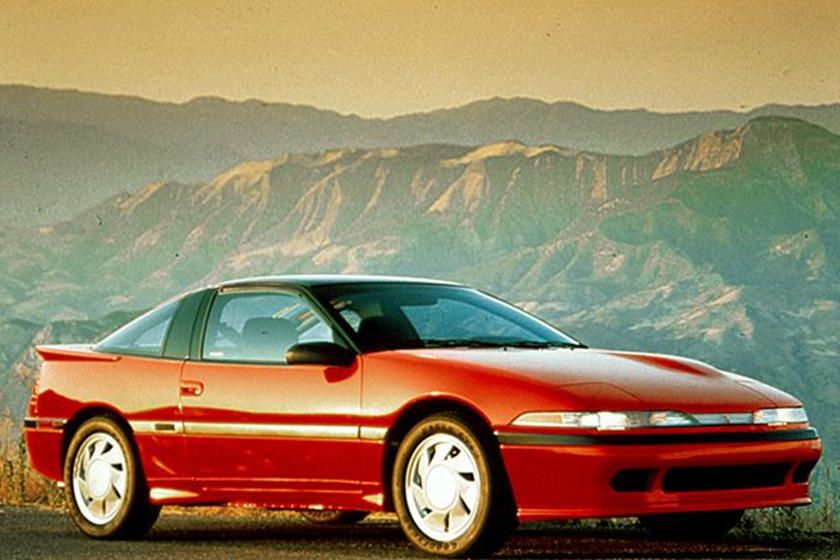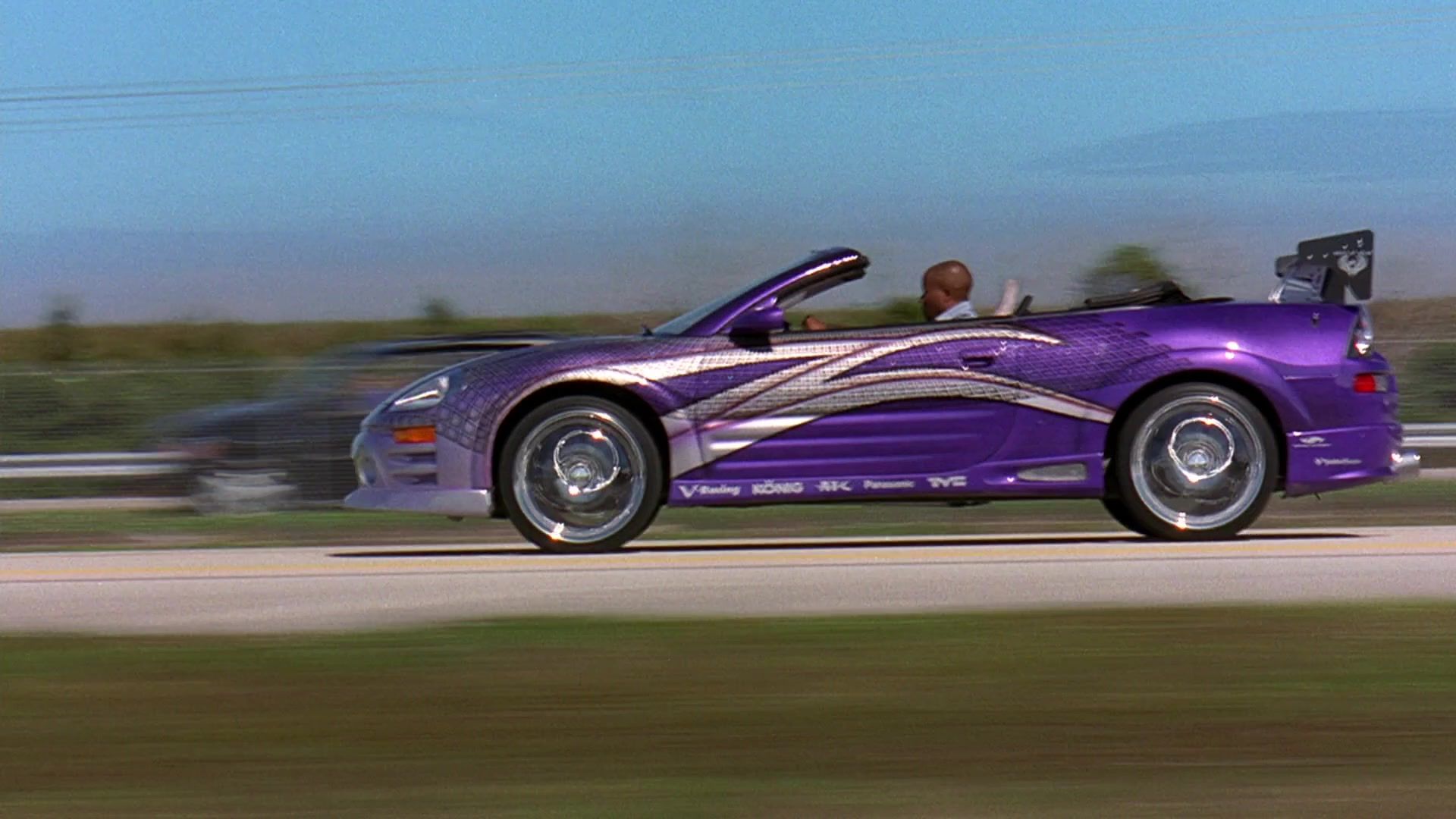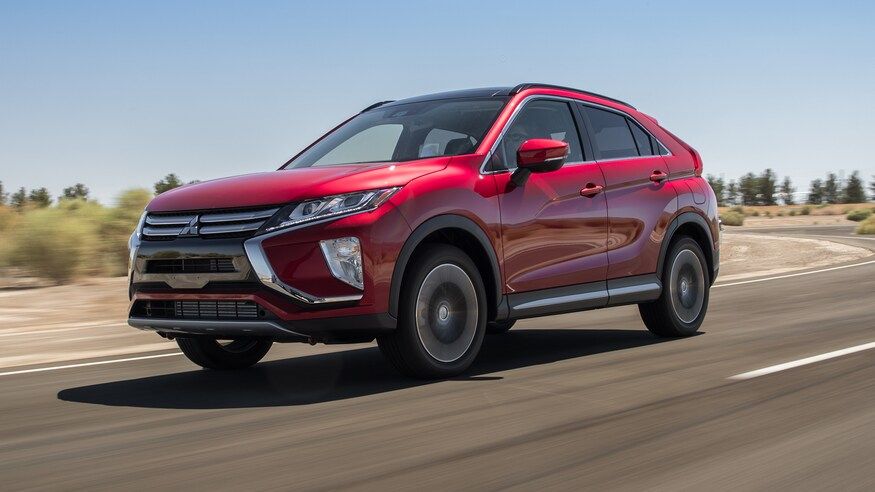If you know your JDMs then chances are a Mitsubishi is on your wishlist. Even though their market share has significantly dropped over the past couple of years, they were once among the very few who could give Civics and GT-Rs a run for their money.
The ‘90s saw the tuner culture gaining traction and cult classics like the Civics and GT-Rs became part of it. However, it was the Fast and Furious movie that gave the tuner band a generous boost. And the car sitting on top of them all was the Mitsubishi Eclipse. That said, not everything after the second-gen Eclipse turned out to be great, and eventually in 2018 Mistubishi gave the title to an SUV, the Eclipse cross.
Let’s look over why the Mistubishi Eclipse became the most forgotten sports car of the ‘90s and what led to the downfall of a car that virtually sparked the tuner culture.
It All Started With Fast And Furious
Everybody remembers how “The Fast and the Furious” influenced car culture across the globe. It all started when Brian ‘O Conner, the undercover agent chose the Mitsubishi Eclipse as his ride. From there the movie became iconic thanks to its screenplay and how it visualized the street culture. Although the Mitsubishi Eclipse was short-lived in the first iteration, its sequel “2 Fast 2 Furious” had better screen time albeit in its later generation To this day, Fast And Furious is attributed for popularizing street culture and embracing the tuner scene. But, the car that started it all was in fact the Mistubishi Eclipse, the bright green souped-up tuner with neon lights and chrome wheels.
First-gen Eclipse: A Worthy Component To American Muscle
The first-gen Mitsubishi Eclipse came about after a partnership with Chrysler that helped Japanese brands sell cars in the US. Prior to this partnership, the US has set a limit on how many cars can be imported by Japanese brands. To overcome this law, various Japanese brands started partnering with native brands and one such alliance resulted in Diamond-star Motors (DSM). The first two generations of the Eclipse saw the use of Chrysler’s platform which the Eagle Talon and Plymouth Laser shared with each other.
When the Eclipse was launched in 1989 it came with multiple trim levels of which the GS Turbo and GSX garnered a lot of attention. For starters, the GS Turbo featured the now iconic 4G63T 2.0-liter turbocharged 4-cylinder pumping 190 horsepower. The Eclipse GSX had the same motor but the initial years saw power being 195 horsepower which later became standard across the top-tier trims. However, the talking point was the all-wheel-drive system that came with the GSX. The Chrysler D platform was predominantly a front-wheel-drive platform and the GSX took a bit further with the addition of all-wheel-drive. Transmission options were a 4-speed automatic and a 5-speed manual. The power rating for the GS Turbo and GSX with automatic boxes were 180 horsepower due to smaller fuel-injectors and turbocharger.
What made this particularly interesting among enthusiasts was its ability to decimate American muscle cars. Previously reserved for muscle cars the drag strip rarely saw any other make giving it a go. Tuners started fiddling with the 4G63T and thanks to its impressive reliability, the GSX could be tweaked extensively thereby delivering amazing performance. This helped improve the popularity of the Eclipse and became the muscle car killer of the early ‘90s. The second-generation Eclipse became more popular with the tuner culture and started veering off the strip and into the streets. And this was the Eclipse that Paul Walker was seen in the movie and even in its sequels.
What Led To The Downfall
With such an impressive following, paired with the extensive popularity thanks to many video games, it’s hard to put your head around the fact that, the Eclipse’s days were numbered. With the DSM partnership fading away, Mitsubishi took control of the corporation and decided to take matters into their hands. However, whatever decision that happened inside the board room never really favored the Eclipse. For starters, the third-gen Eclipse (seen in 2 Fast 2 Furious) saw the 4G63T moving over in favor of a 3.0-liter V6. Although it was more powerful it never really had the capability and dependability of the iconic 4G63T.
It should be noted that this (4G63T) was the exact engine you’d find in the Lancer Evo and the Eclipse was largely considered to be the bargain Evo. Mitsubishi started losing track of what the Eclipse stood for and eventually after the fourth generation was introduced in 2005, the brand kept running the Eclipse till 2011. Mitsubishi did not take much effort in revamping the car and decided to stop production on 16 August 2011. Today, not a lot of people talk about the Eclipse but, the amount of attention the Eclipse had in the automotive culture back then was truly amazing. In 2017, Mistubishi bringing back the moniker in the form of an SUV further killed the rep; whatever little was left of it.
Sources: Donut Media, Wikipedia, YouTube

